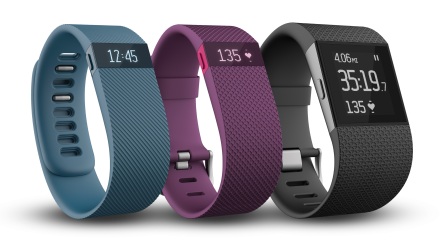
Walking is my favorite form of exercise. It doesn’t require a certain skill, you can do it almost anywhere, and all you need are a good pair of comfortable shoes. Yeah, about that… I’ve discovered over the years that finding suitable athletic shoes that are stylish, fit well, and don’t cost an arm and a leg isn’t always easy. For example, I’ll see a style I like but unfortunately it’s made for running instead of walking. Or, I’ll love the way the shoes feel on my feet, but they look like those ugly orthopedic clodhoppers my great aunt wore!
I know some of you can relate to my dilemma. I mean, there are so many brands and types of footwear to choose from nowadays, where do you begin? It’s a bit overwhelming to say the least.
My objective today is to cut through all the confusion and help women like me find athletic shoes that fit their needs, lifestyle, and budget.
Athletic shoes are usually grouped into three main categories: Running (or Jogging), Walking, and Cross-Training. Here’s a little info on each, plus recommended brands/styles in various price ranges (to make it simple, I’m sending you to Amazon.com).
Running/Jogging
You’ll want extra cushioning, maximum shock absorption, and good heel support, as well as decent traction for optimum performance on pavement or dirt. Visit Runner’s World for advice on buying the right running shoes.
Good Picks:
Asics Women’s Gel-Nimbus $$$$
Nike Women’s Air Zoom Pegasus $$$$
Saucony Women’s Cohesion $$

The Asics Gel-Nimbus Running Shoe is a big contender in this category!
Walking
The soles on walking shoes are slightly rounded and flexible so the foot can roll easily from heel to toe. The best ones are lightweight and breathable, and also have some shock absorption in the heel. Go to verywell.com for help picking the perfect walking shoes.
Good Picks:
Asics Women’s GEL-Tech Neo $$$
New Balance Women’s WW1065 $$
Ryka Women’s Devotion $$

This cool-looking Ryka Walking Shoe is a winner in every way!
Cross-Training
Cross-trainers are great for people who do a variety of workouts, like weight lifting, yoga, kickboxing, and aerobics. You can also use them for light jogging on the treadmill or hiking. Look for ones with a firm heel, ample support, and some flexibility to accommodate a range of activities. Go to crosstrainingshoe.net for tips on selecting quality cross-trainers.
Good Picks
Nike Women’s Flex Supreme TR 3 $$$
Asics Women’s GEL-Blur33 TR $$
New Balance Women’s WX608V3 $

Women are raving about this Nike Flex Trainer!
NOTE: If you participate in a particular activity on a regular basis (e.g., you’re an avid golfer, tennis player, runner, or cyclist), you’re better off going with shoes that are designed specifically for that sport.
Some things to consider when shopping for athletic shoes:
- Go to a specialty store where the staff can offer expert advice and assistance. Nothing’s worse than shopping at a department store and having someone who is completely clueless wait on you!
- Have your feet measured at the store – don’t just go by size as it can vary by brand and style.
- Try them on at the end of the day or after a workout when your feet are larger.
- Wear socks you usually wear when working out.
- Walk around, jump up and down, and run in place to make sure there’s enough wiggle room in the toe area and also that your heels don’t slip out of the shoes.
- Make sure they fit and feel comfortable right away. You shouldn’t have to break them in.
- Bring an old pair of shoes with you so the salesperson can check the wear and determine your gait.
- Don’t go by looks alone. Focus on fit, comfort, and performance first.
- Mention if you have high arches, flat feet, bunions, weak ankles, or conditions like plantar fasciitis, or Achilles tendonitis as these things will determine the types of shoes you can wear. In some cases, you may need to get special insoles.
Once you settle on a brand, style, and size that’s right for you, see if you can get those shoes online for less! Check out these online specialty stores:
Sportshoes.com
Footlocker.com
Finishline.com
Finally, if you want your nice new athletic shoes to last longer, try to use them solely for exercising or a specific sport. In other words, don’t wear them for knocking around. Have a pair or two of fun sneakers on hand for shopping, running errands, and other everyday activities.

Happy Feet, Warner Bros. Pictures
Smart Perks blogger Catherine B. finally got a decent pair of walking shoes after wearing the wrong ones for years, and her feet are very happy she did!







